Hyperrealism is a stylistic approach that goes beyond traditional realism by being vividly detailed and immersive. It’s different from naturalism and neorealism because it exaggerates the details of life and so is supposed to feel ‘more than real’.
Hyperrealism is rooted in the art movements of the 1970s and exaggerates everyday life to the point of almost becoming surreal. Unlike broader realism (which tries to reflect life as it is), hyperrealism amplifies elements of it to draw attention to how complex it is.
There’s a lot of drawing on Italian neorealism and French poetic realism when it comes to hyperrealism in film. Hyperrealist films came about as a response to the escapism of early cinema, instead prioritising authenticity and relevance. They’d include things like location shooting, natural light, non-professional actors, and so on. You can read more about realism in our article on cinematic realism and its techniques.
A bit of theory
Jean Baudrillard was a French philosopher and cultural theorist who looked at the breakdown between reality and simulation.

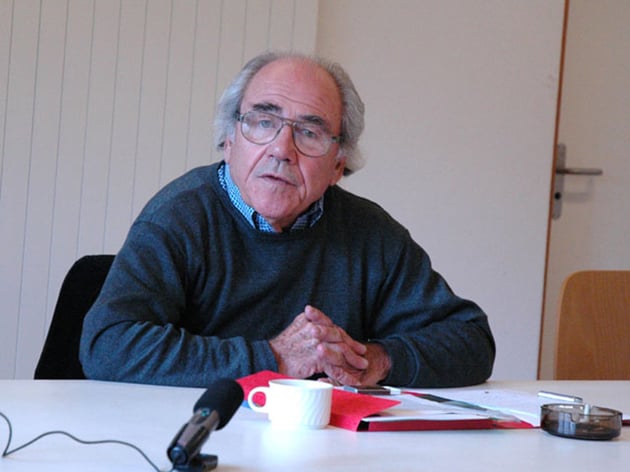
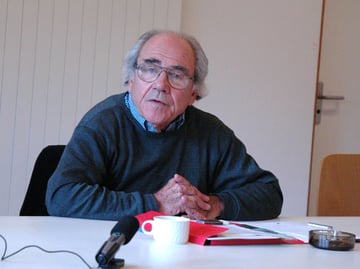
One of his arguments was that in the postmodern era, distinctions between the real world and its representations (simulations) collapse, creating hyperreality. The core ideas of this are:
1. Simulacra
Simulacra are representations or copies that don’t have an original reference point any more. They become self-sustaining and define their reality.
Example: Take a theme park like Disneyland. It’s not a copy of an ‘idealised’ world but a ‘realer than real’ (or hyperreal) experience, a kind of exaggerated world.
2. Hyperreality
This is where representations of the real world are perceived as more real and meaningful than reality itself. Yes, this is quite meta, and yes it does mess with your mind, but stick with it.
Example: Social media accounts often show us someone’s curated life rather than every gritty part of it, and people sometimes accept that as more ‘real’ than their own experiences.
3. Precession of simulacra
Simulations shape and determine reality, rather than the other way around.
Example: A good recent example of this might be cryptocurrencies. They don’t have any physical form or real value, but the people who use them trust their digital representation, so they shape real-world economies and behaviours.
How do we apply Baudrillard’s theories to cinema? Glad you asked!
Illusions of reality
Films like The Truman Show (1998) show us a world so carefully crafted that it feels totally authentic, which fits with Baudrillard’s idea that simulations replace reality.
Worlds without originals
The ‘fake’ (or simulated) world in The Matrix (1999) isn’t just a copy of the real world—it can be seen as a comment on how we often live in our own little bubbles that aren’t based on any original reality. This has surely only got more relevant because of social media!
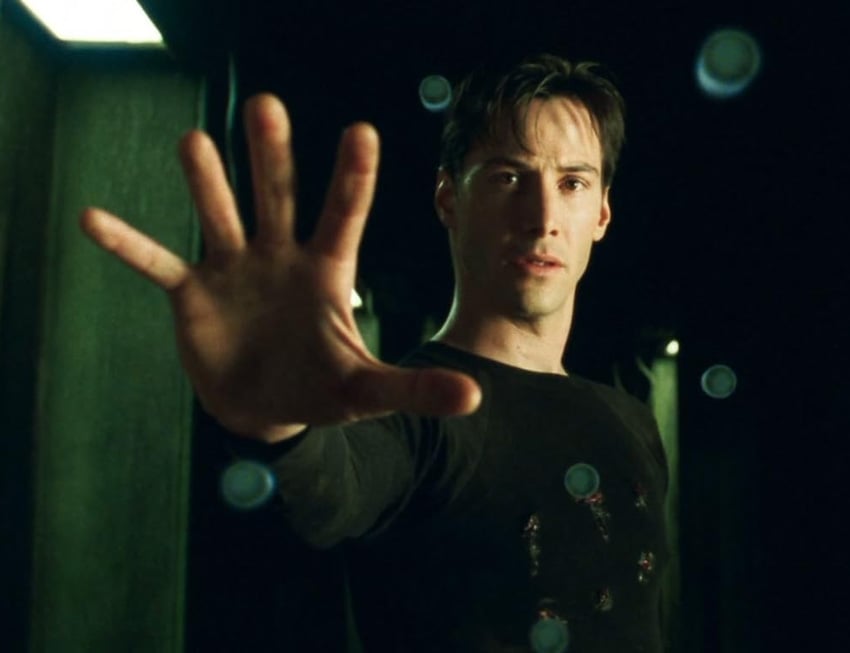
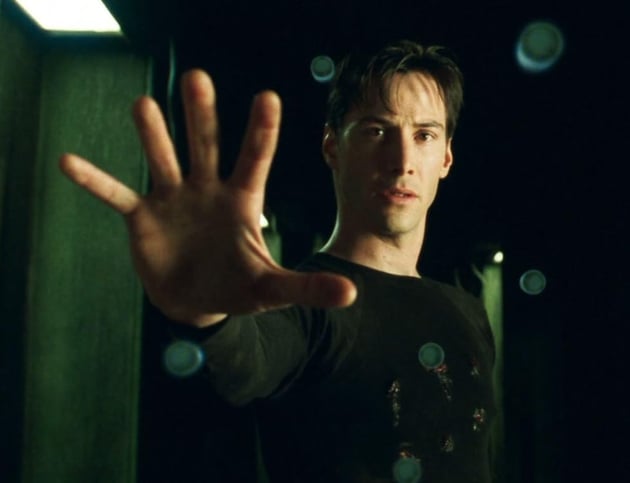
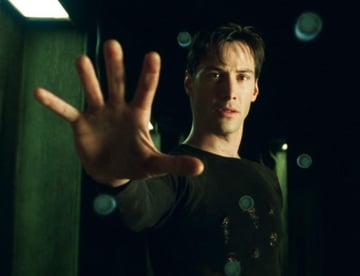
Spectacle
Films like Inception (2010) show us how hyperreal worlds can be attractive, as characters will willingly immerse themselves in dreams that feel more meaningful than reality.
Critique of media and society
Films like Synecdoche, New York (2008) critique how media and culture create simulated versions of life that eclipse genuine experiences (like our social media example).
Hyperrealistic films
1. The Matrix (1999)
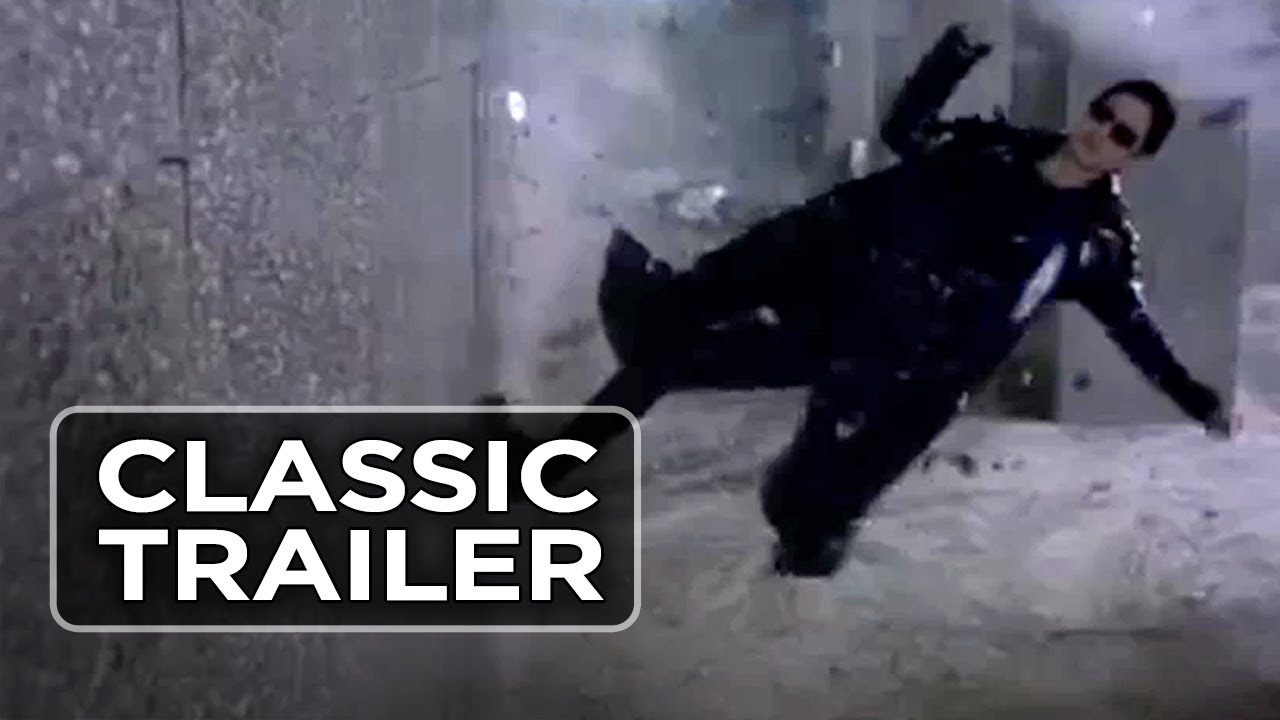
The Matrix is about a hacker called Neo who finds out that the world around him is actually a fake reality created by machines. In this case, the simulation seems more real to the characters than their actual lives, raising questions about the nature of reality and the lines between perception and existence.
2. Inception (2010)
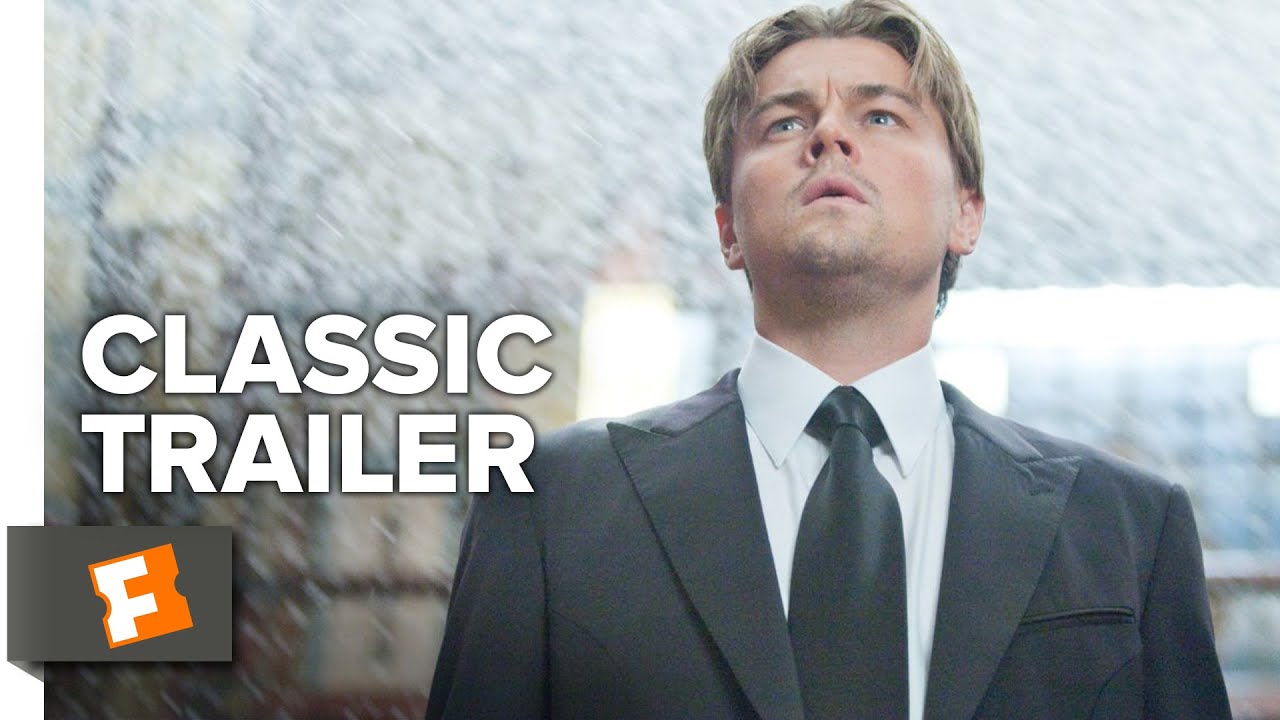
Inception crops up a lot because it overlaps so many genres and theories, but it’s a great example of hyperrealism. A team of thieves get into people’s dreams to plant ideas (if they leave something behind rather than take it, are they actually thieves?). Anyway, the dream (hyperrealistic) worlds start to feel more and more real as they layer on top of each other, and it becomes harder to understand where a dream ends and the real world begins.
3. Blade Runner (1982)
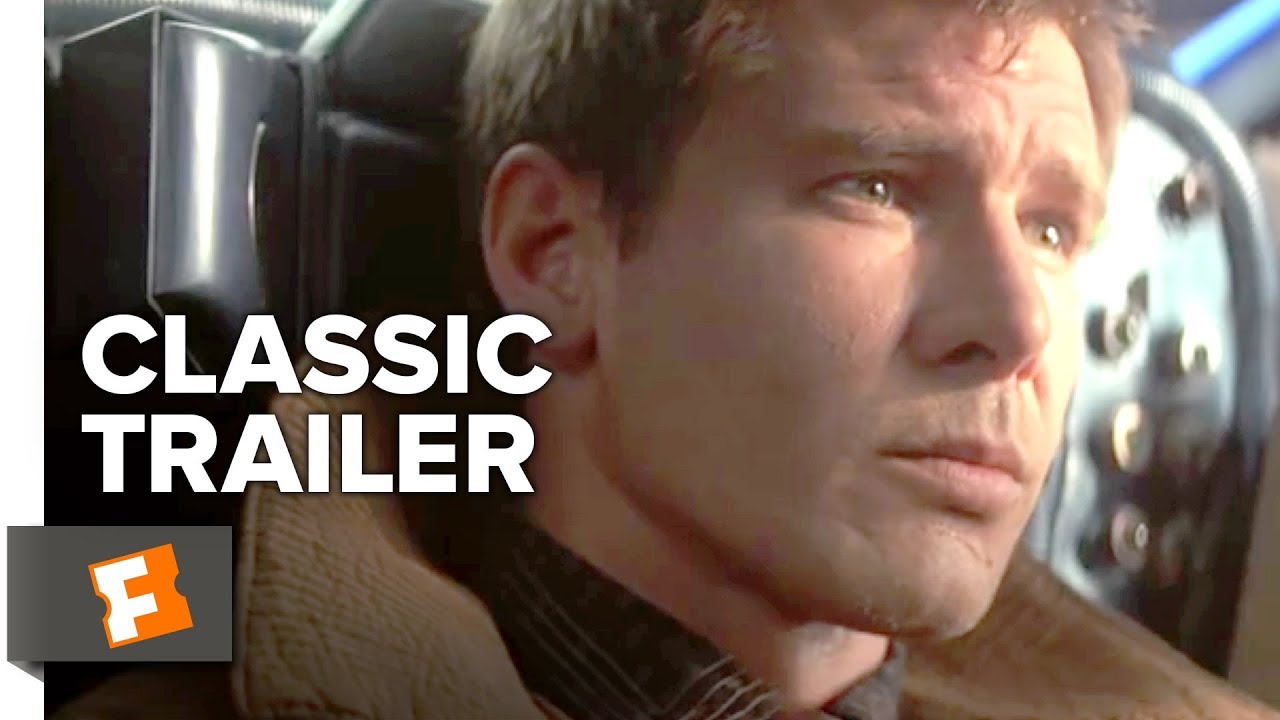
Deckard is a former ‘blade runner,’ a police officer in a dystopian world who’s hunting down genetically engineered ‘replicants’ who are identical to humans. With a mix of artificial ‘people’, decay, and whizzy technology, it’s an environment that feels hyperreal but is also still very familiar.
4. Donnie Darko (2001)
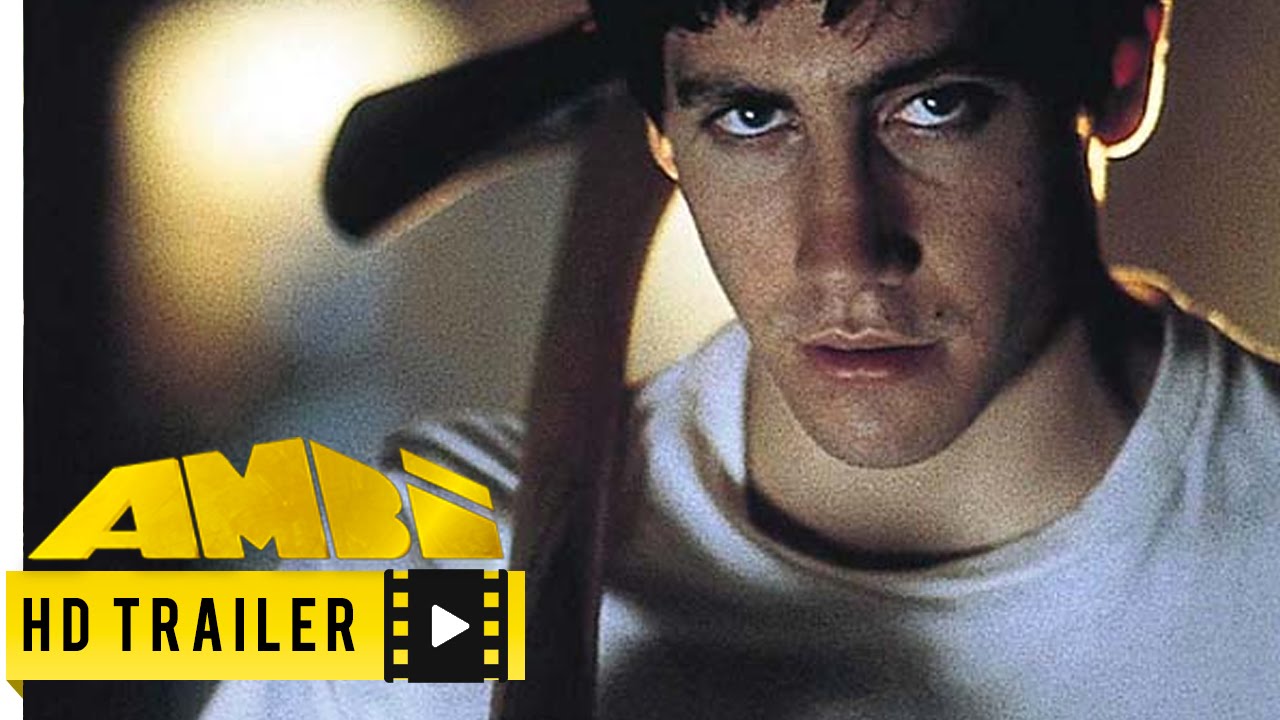
Donnie Darko is about a teenager who starts experiencing visions and time loops after surviving an accident. At times it can border on surreal, but we end up wondering if Donnie’s experiences are actually real.
5. Westworld (1973)
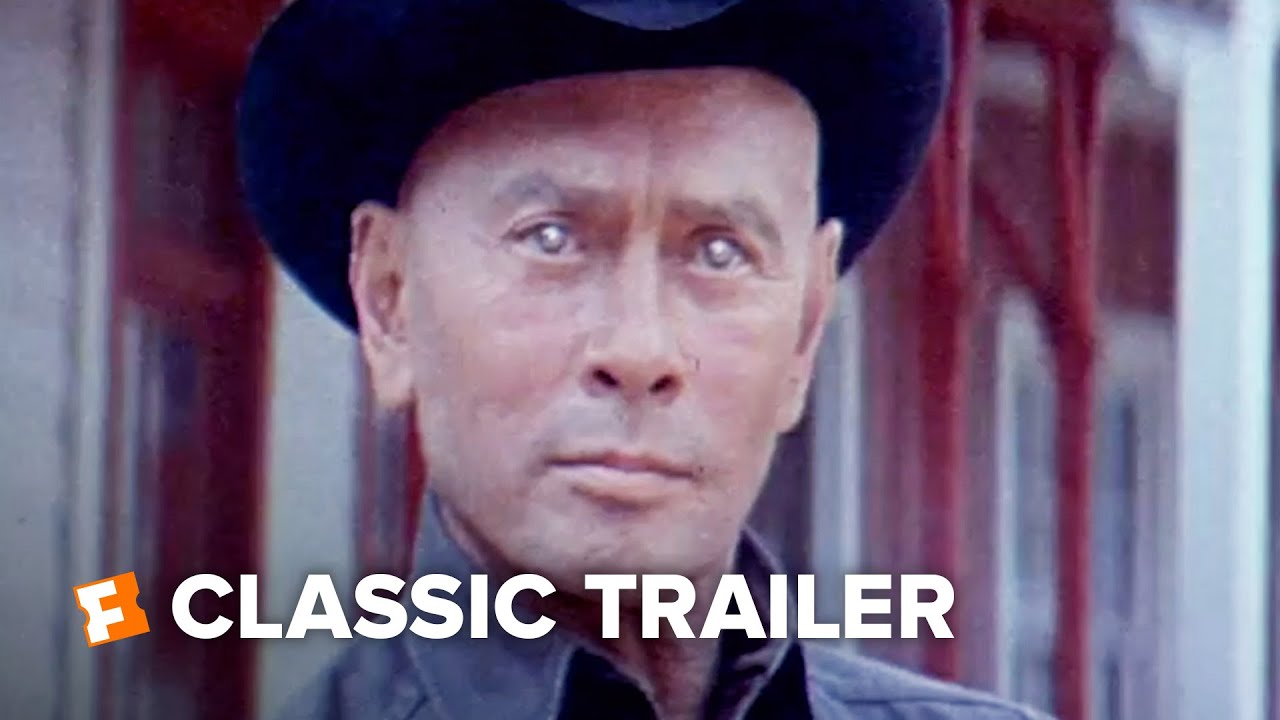
Visitors to a futuristic amusement park interact with lifelike robots in a Western-themed setting (just like the later remake TV series), but things get out of control when the robots start malfunctioning. Just as with the Disney example earlier, the park has a meticulously crafted ‘world’, and the robots’ increasing autonomy and mix of simulation and real violence distort our idea of what is real.
6. The Truman Show (1998)
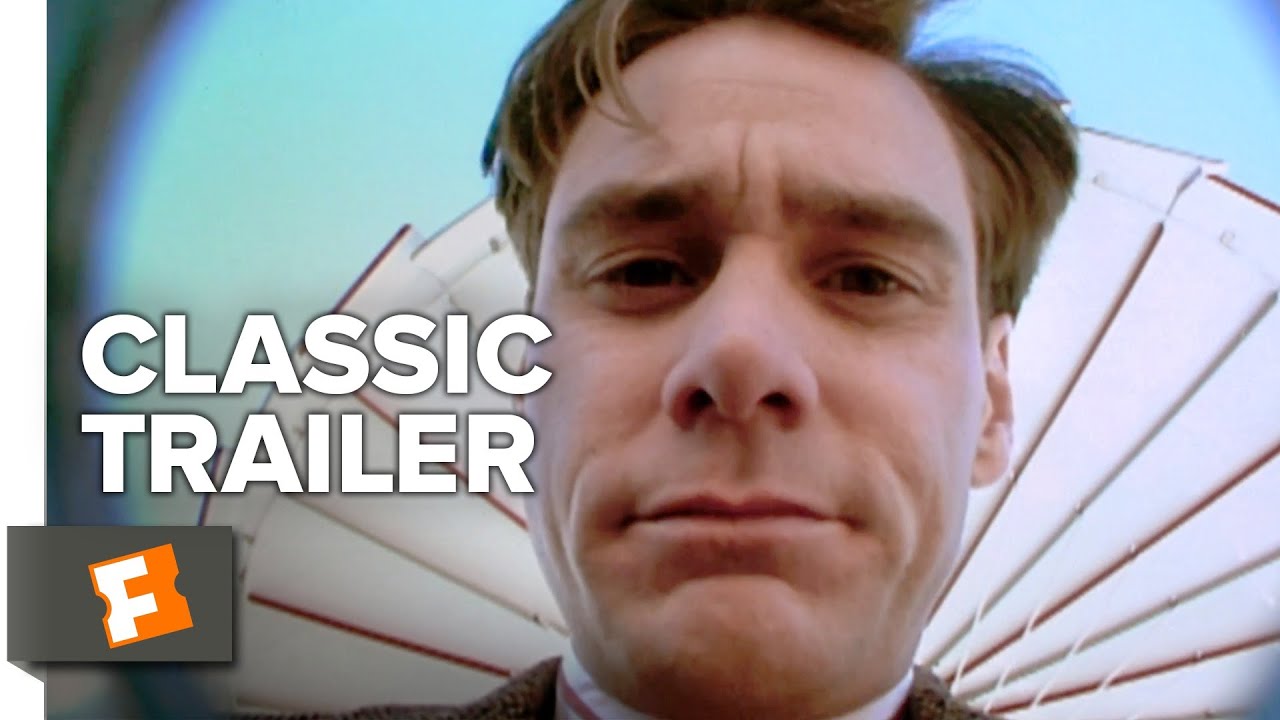
Truman unknowingly lives his entire life on a massive set, with every move broadcast to the world. The hyperrealism lies in the artificial reality of Truman’s world, where everything around him is scripted and controlled, but to him it’s authentic. The film critiques the media and shows how hyperreality can shape identity and experience.
7. A Scanner Darkly (2006)
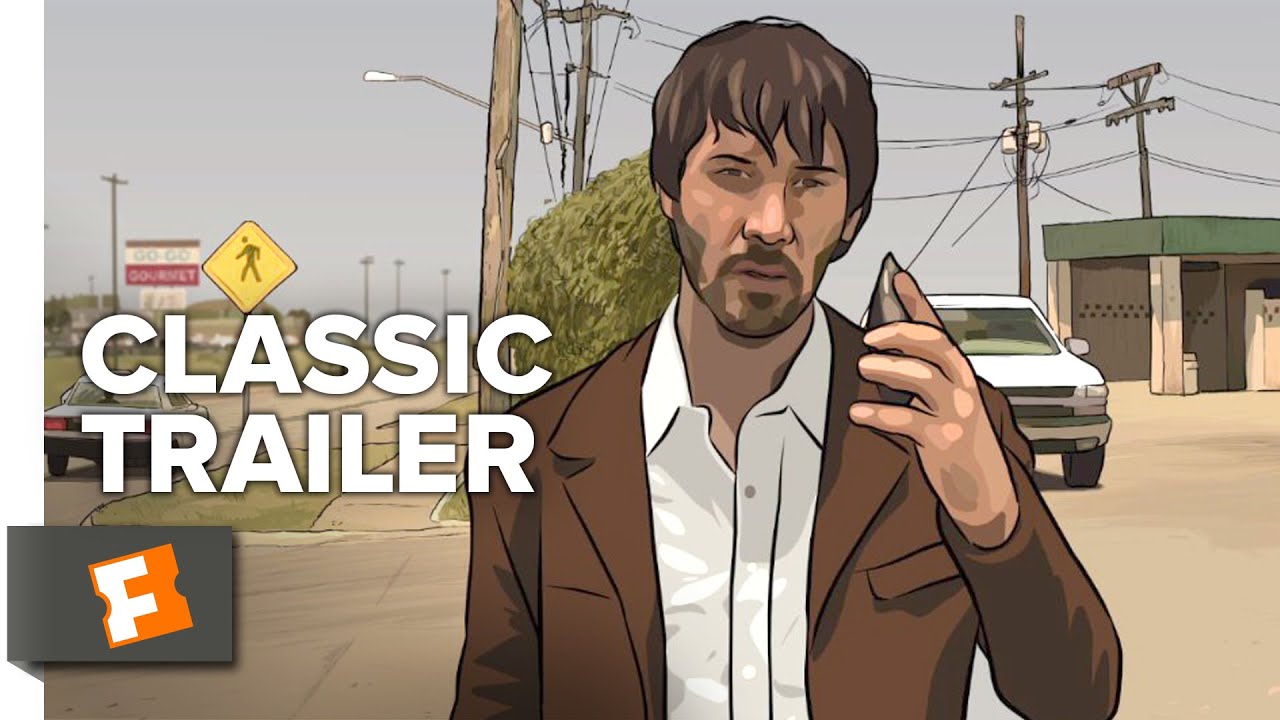
In A Scanner Darkly, an undercover police officer in a dystopian society becomes addicted to a drug that causes him to lose his grip on reality. The animation style intensifies the hyperrealism because the characters’ movements become exaggerated and make for a dreamlike, unsettling version of reality.
Hyperrealism versus…
There are a lot of other theories and movements that can seem similar or have a lot of overlap, so let’s have a quick look at some of those.
Hyperrealism vs. magical realism
Both are about amplifying bits of reality, but magical realism brings supernatural or fantastical things into an otherwise realistic ‘world’. Pan’s Labyrinth (2006), for example, has fantasy creatures, but it’s the very real background of the war in Spain that gives us the hyperrealism because we don’t know which parts of the story are real or imagined.
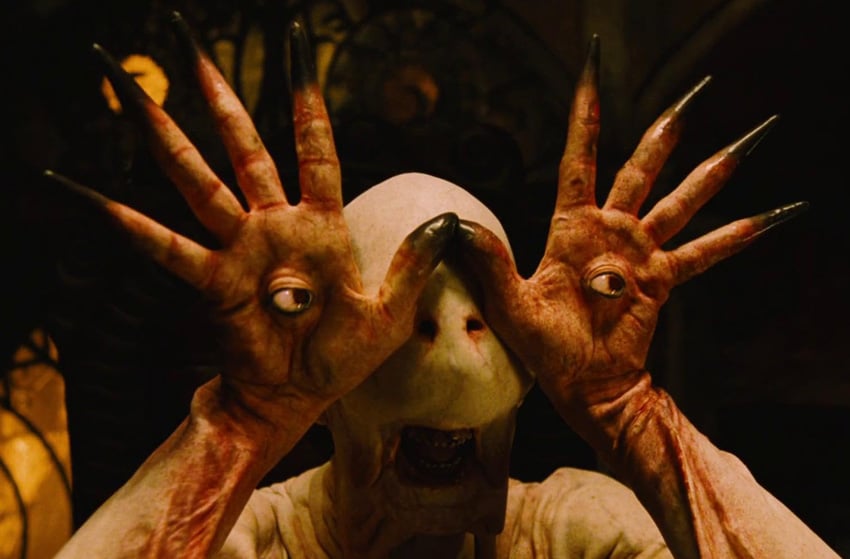
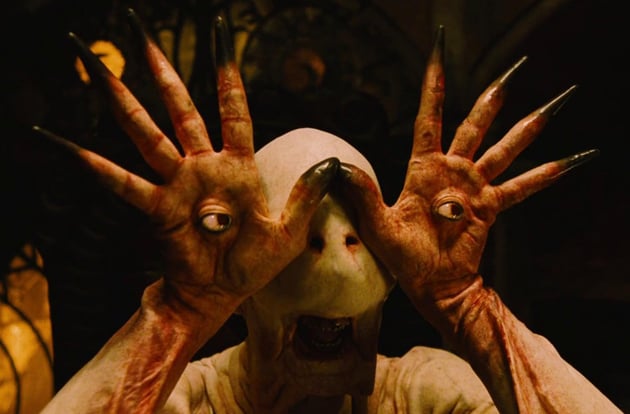
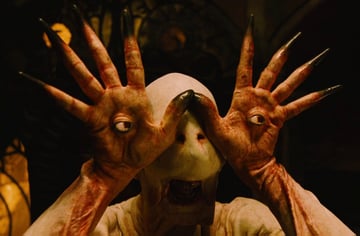
Hyperrealism vs. surrealism
Surrealism is more about dream-like or abstract stuff and quite often abandons a logical narrative entirely. Hyperrealism really always needs to stay rooted in some kind of reality, even if that’s exaggerated. Eraserhead (1977) is surreal because of its, well, outright bizarreness, whereas La Haine (1995) stays grounded by its socio-political commentary.
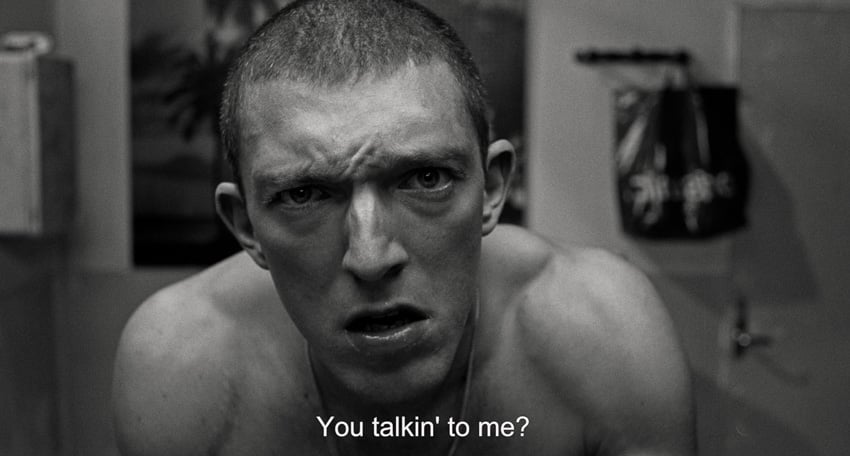
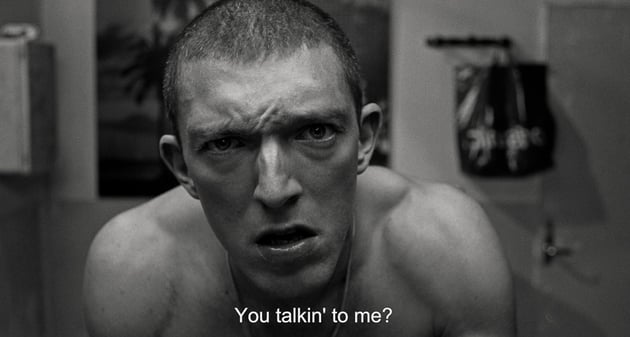
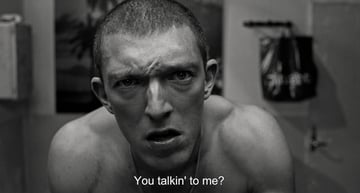
Hyperrealism vs. slow cinema
Slow cinema has a minimal narrative with not much dialogue and long takes. There’s a lot of overlap because the audience is forced to pay attention to the minutiae of life, which creates a sort of hyperrealistic tension in dull routine. Taste of Cherry (1997) blurs reality and representation (a big tick in the hyperreal box), but it also has that slow pacing and minimalism of slow cinema.
Conclusion
Hyperrealism in cinema might seem like a lot to take in, and for sure the theory behind it is heavy, but when you get your head around it and its differences from similar techniques, you can definitely see how powerful it can be when it comes to blurring the lines between what’s real and what’s not! The more that technology develops, the more relevant hyperrealistic films seem to become, and it’ll be interesting to see how films stretch the current boundaries in the future.
More free film theory articles
About this page
This page was written by Marie Gardiner. Marie is a writer, author, and photographer. It was edited by Andrew Blackman. Andrew is a freelance writer and editor, and is a copy editor for Envato Tuts+.